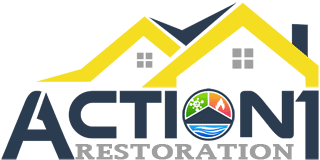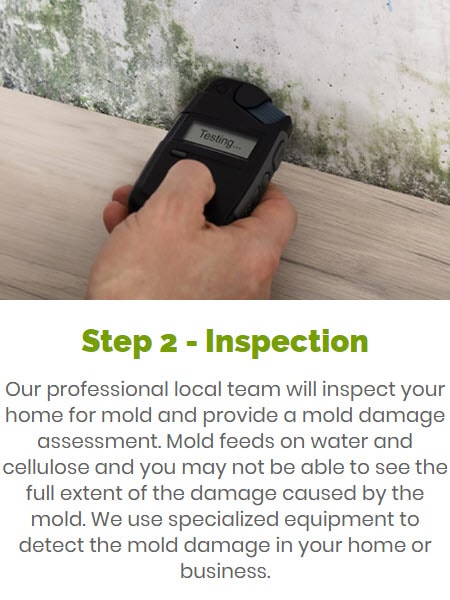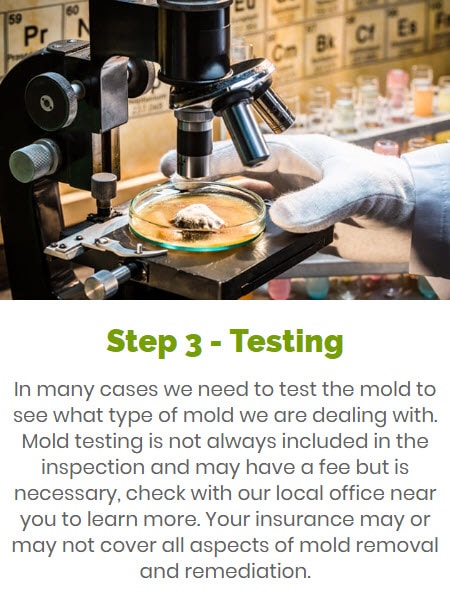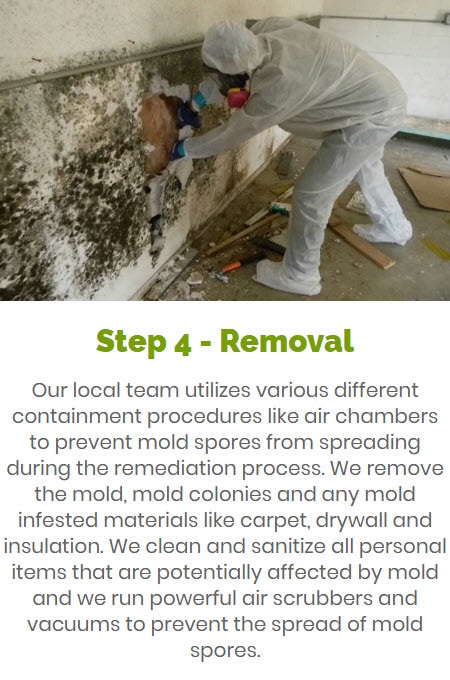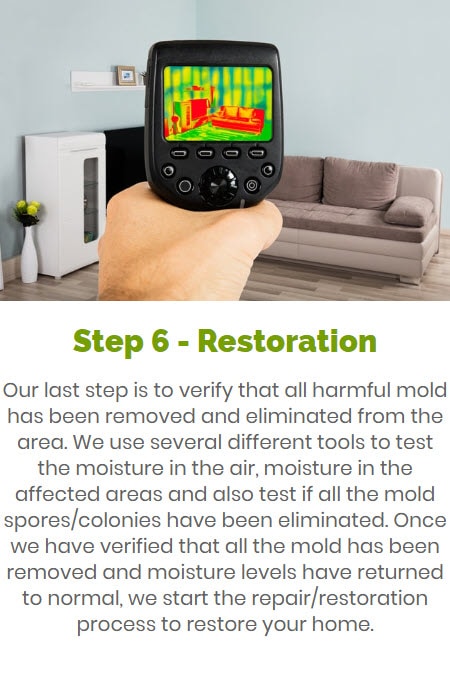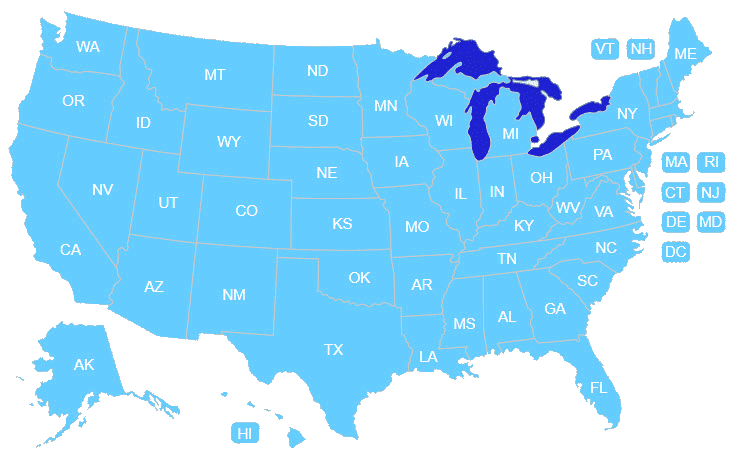Mold Remediation and Cleanup Services
Call Us Today- Home
- /
- Mold Remediation
Beyond the aesthetic concerns, addressing mold promptly is crucial for preventing potential health concerns associated with mold exposure. Our local team is committed to helping you understand when you can handle mold cleanup yourself and when professional remediation services might be necessary to ensure your home remains safe and healthy for you and your family.
Understanding Mold and Health Risks
Types of Mold and Health Effects
Different molds can cause different reactions. We have observed that most molds produce allergens that can trigger allergic responses in sensitive individuals. Symptoms often include:
- Respiratory issues: Coughing, wheezing, difficulty breathing
- Nasal and sinus problems: Congestion and stuffiness
- Eye irritation: Redness, watering, blurred vision
- Skin reactions: Rashes and irritation
For people with asthma or compromised immune systems, mold exposure can be particularly dangerous and may cause severe reactions.
Mold Growth Conditions and Prevention
- Moisture levels above 60%
- Poor ventilation
- Water damage not addressed within 48 hours
- Leaky pipes or roofs
- Condensation on windows and walls
Effective prevention requires controlling moisture. Drying wet materials within 48 hours is critical to prevent mold establishment.
If you suspect you have mold or had recent standing water in your home, a home inspection is essential. Check areas prone to moisture—bathrooms, kitchens, basements—and fix leaks promptly. Improving ventilation through exhaust fans and open windows helps reduce humidity and improves indoor air quality.
EPA Guidelines for Mold Removal
Larger affected areas require more comprehensive protection and possibly professional remediation services. We always exercise **caution** when using biocides or fungicides during cleanup, as these require appropriate PPE including respirators.
Before beginning work, Action 1 Restoration contractors ensure proper ventilation in the area while avoiding spreading mold spores to unaffected parts of the building. Containment procedures become increasingly important as the size of the affected area grows.
OSHA guidelines note that when using biocides, disinfectants, or fungicides, appropriate PPE including respirators must be worn, and all product instructions should be carefully followed.
Safety Measures and Protective Equipment
Personal Protective Equipment (PPE):
When cleaning up mold, I always prioritize wearing appropriate PPE to protect myself from exposure. Non-latex gloves made of vinyl, nitrile, or rubber are essential as mold should never be touched with bare hands.
For eye protection, non-vented goggles are crucial to prevent mold spores from irritating or infecting the eyes.
Respiratory protection varies by the size of the affected area. For most remediation jobs, an N-95 respirator is the minimum recommended protection to prevent inhalation of mold spores.
For comprehensive protection, we typically will wear full body disposable coveralls and boots, especially when dealing with larger mold problems. This prevents spores from adhering to clothing and spreading to other areas of the home.
Mold Remediation for Specialized Areas
HVAC Systems and Mold
- Air ducts and returns
- Drip pans and drain lines
- Cooling coils and heat exchangers
- Air handlers and plenum
For effective treatment, our team uses HEPA vacuums to remove loose mold particles first. Then we apply EPA-registered antimicrobial solutions specifically designed for HVAC systems. After treatment, installing UV light systems within the ductwork can help prevent future mold growth by killing spores before they colonize.
Hidden Mold
Detection methods we typically rely on include:
- Moisture meters to identify damp areas
- Thermal imaging cameras to spot temperature differences
- Borescopes to visually inspect wall cavities
When addressing hidden mold, controlled demolition is often necessary. We carefully remove affected materials, being cautious not to spread spores throughout the home.
After removal, we treat the area with fungicides and ensure proper drying before reconstruction. Proper moisture control remains essential to prevent recurrence.
Addressing Contaminates
The remediation process involves:
1. Removing standing water with specialized extractors
2. Disposing of porous materials that cannot be salvaged
3. Cleaning salvageable items with professional-grade sanitizers
4. Applying antimicrobial treatments to prevent new colonies
For extensive contamination, we implement containment strategies using negative air pressure systems to prevent cross-contamination. Air scrubbers with HEPA filters help capture airborne spores during the cleanup process.
Water damage must be addressed within 24-48 hours to prevent severe mold growth. We verify successful remediation through post-treatment testing to ensure mold levels have returned to normal before finalizing the project.
Reasons Why Customers
Choose Our Experienced Team

Upfront pricing

Highly rated team

Decades of experience

Skilled and trained technicians

24/7 emergency services

Eco-Friendly & saving solutions

1000's of satisfied customers

Certified and trained techs

We work with your insurance company

